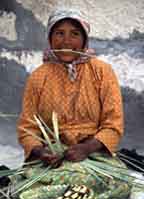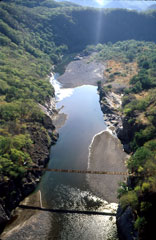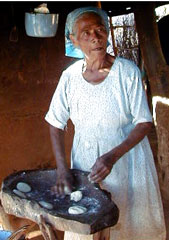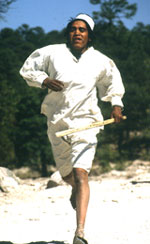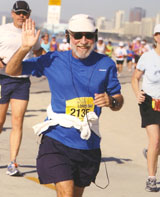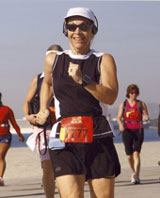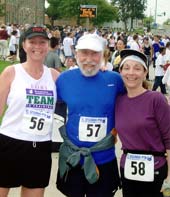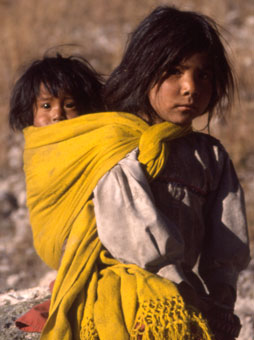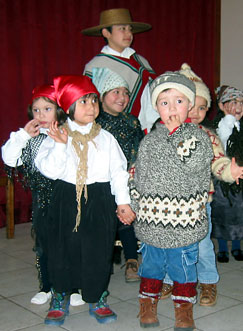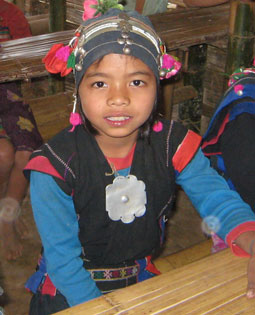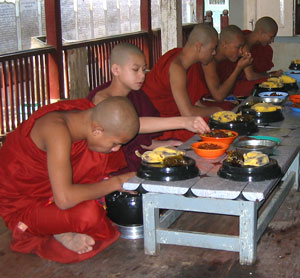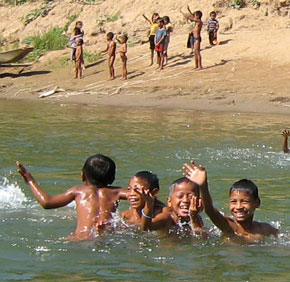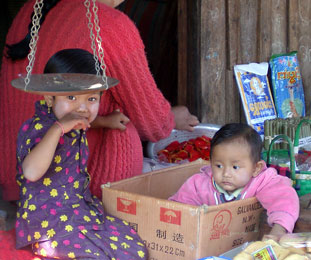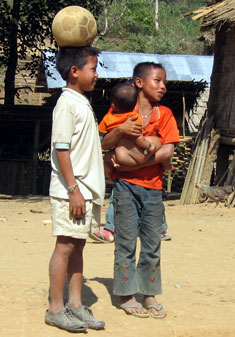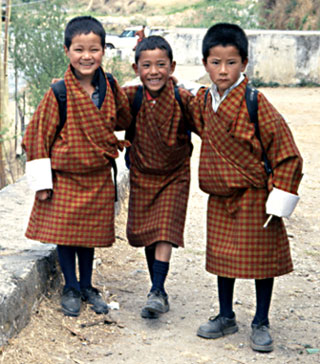We received this letter from Robert Bolton, a photographer from Wellsville, Utah, who was delighted with his trip and the photographic opportunities in Copper Canyon.
Dear California Native,
Respecting my recent trip to Copper Canyon with your company, to begin Rob was an outstanding tour guide in all respects. He is highly competent, knows his facts and he was a pleasure to be with. Rob worked diligently to meet the various requests of tour participants. In summary, I count Rob as a new friend.
In regards to the trip itself, it was a thorough adventure. It seemed in some ways as though I was stepping back in time one hundred and fifty years – except for the modern amenities. I particularly enjoyed the cultural aspects of the sojourn, dealing with remote peoples and villages.
Batopilas was exceptional, and in my view the high point of the trip, although there were many other singular experiences as well. This remote village was a joy to visit, and, as I am a serious photographer, a pictorial feast. I spent the first afternoon there making pictures of the town and colorful facades. I would have enjoyed spending an additional day in Batopilas. Another aspect of this particular experience was observing the village inhabitants interacting with one another. They take time to enjoy one another’s company, something that is disappearing in western culture.
Further, this is the first time I have ridden a train since I was a child, other than a brief experience in Europe this past September. I thoroughly enjoyed the train and the various cultural experiences along the rails.
Our first nights stay at Torres Del Fuerte in El Fuerte was a special treat. The old world charm at this hotel was particularly memorable. I would have enjoyed spending a bit more time at this venue.
Throughout our travels the food was great. In particular, the cooking at the restaurant in Batopilas and at Diego’s – Paraiso del Oso – was outstanding. One other note: I had some of the best guacamole of my life at a small restaurant in Creel that Rob took us to.
To conclude, I’ll not soon forget this outstanding travel experience. Thank you for a wonderful adventure.
Sincerely,
Robert Bolton
Wellsville, UT
Thank you Mr. Bolton. And we invite others to share their impressions, photographs, and videos of their California Native trips.
Lee Klein

